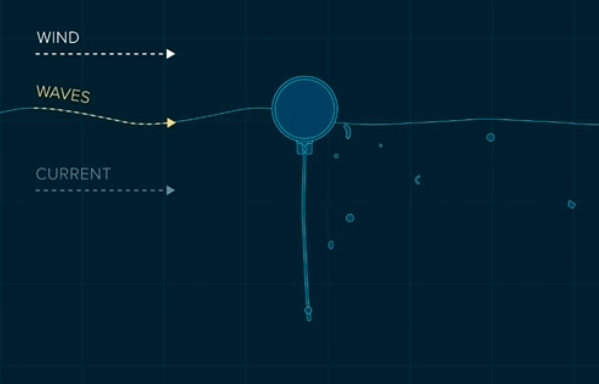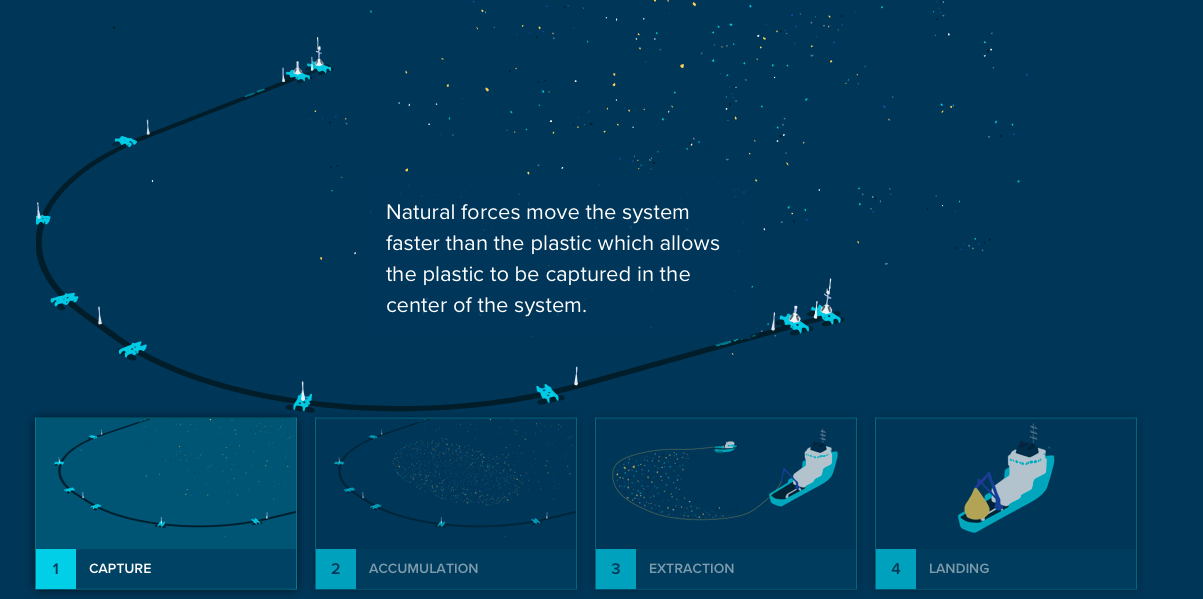Can Technology Help Us Clean Up the Oceans?
Thomas Morris
We are an innovative species. We see a problem and use our superior intellect to solve the problems that present themselves to us. We seem to thrive on solving challenges and when one challenge is vanquished, we move on to the next. It is probably the reason we are in this mess. ‘This mess’ being a planet that is drowning in plastic... A planet that is predicted to have more plastic in the ocean than fish by 2050. Some innovative projects may provide a small piece of the puzzle to how we fix this mess that our ‘intelligent’ minds caused in the first place.
Clean up Technology
The Seabin Project
With a simple design, and money from a crowdfunding platform, two Australian surfers came up with a solution to cleaning up local waterways. Their idea essentially takes a land based rubbish bin, attaches a submersible pump to the bottom of it, includes a catch bag to catch anything that’s sucked in and there you have a solution to the growing issue of plastics impacting rivers, harbours, and marinas. The Seabin Project has installed over 250 seabins in marinas and harbours globally, and catches a large variety of pollution from floating rubbish to microplastics. The bin even has a special pad which draws out oil and petrol from the water. It’s a simple local solution to a growing problem.
The Seabin in action, sucking out plastic in a harbour. Photo: Seabin Project
The Ocean Cleanup
We have all seen the pictures of these vast floating islands of trash in the oceanic gyres. These images inspired 24 year old Boyan Slat into action to create a large scale solution. He founded The Ocean Cleanup, a bold enterprise that predicted it could clean up to half of the Great Pacific Garbage patch in 5 years. The design is a 600m float with a 3m long skirt that drapes below it. The float is pulled in a U-shape by winds, waves, and currents, and collects the slower flowing plastic at the surface. The system is equipped with GPS, AIS, cameras, and lights, all powered by solar energy, allowing data to be sent back to headquarters. ‘Garbage boats’ will visit every few months to take the collected plastic back to land.
The Ocean Clean Up technology. Photos: The Ocean Clean Up www.theoceancleanup.com/technology/
Unfortunately, this system has received its fair share of criticism. Particularly referencing that this system cannot solve the entire problem, as the bulk of plastic pollution is too small to be picked up by the system (microplastics). Critics also feel it would be more beneficial to attack the problem at its source, by changing current plastic usage of the human population - it’s evident we need to do both.
The first system was deployed in September, but it was announced in December that although it was capturing plastics, it was not retaining them. The organisation has been working on engineering updates, and according to their website, are aiming to relaunch this month.
But all is not lost. The Ocean Clean Up has sparked a discussion that has begun to change the global perception of plastic in the ocean. It has also initiated a discussion into the use of technologies to solve the global issue, and Boyan Slat hopes that his initiative will inspire the next project that could assist in this battle for the planets future.
WasteShark
RanMarine Technology has created a trash collector, modelled on a whale shark, with a wide mouth and filter. Designed to be used in ‘waste chokeholds’ such as canals, harbours, ponds and rivers, the WasteShark aims to eliminate plastic pollution before it drifts into the ocean. It comes in two models, one which is manually guided by remote control, and another which can be given a predetermined route mapped by waypoints. It can run for up to 16 hours, and collect a total of 200 ltrs of trash in one trip, and monitors and collects environmental data as it goes.
Plastic Detection
Robotics, AI, and technology may be the key to the future. Or so said Robert Downey Jr at Amazon’s re:MARS tech conference at the beginning of June. He proposed the Footprint Coalition, which will launch in April 2020 and has ambitious aims to clean up the planet in just 10 years.
ROV Nereid Jr
Anna Du, a 12 year old from Massachusetts, invented a robot that can detect microplastics using a high resolution infrared camera, and three types of light - two wavelengths of infrared, as well as visible light. The images are used to identify where microplastics are accumulating on the ocean floor. Her robot earned her a finalist position in the 2018 Discovery Education 3M Young Scientist Challenge. In the future, Anna hopes to develop a completely autonomous system that can predict where microplastics will aggregate. It’s incredibly motivating to learn about these passionate young scientists - the children of today are going to change the world.
Drones
The organisation Plastic Tide (now Ellipsis Environmental) has been training an AI algorithm to distinguish between plastic, living organisms and other detritus (shells, sand, wood) on shorelines, using photos taken from aerial drones. The Litter Dronet is a collaborative network of people and organisations from around the world. The survey methodology is based on the OSPAR Marine Litter protocol, but is constantly being adjusted and improved. The end goal is to have a standardised, repeatable, and scalable method to allow plastic data to be collected globally, allowing identification of the most polluted areas, but also monitoring of the success of policies to reduce plastic. Plastic Tide hopes to extend the drones use to the sea surface, water column, and seafloor in the future.
The Plastic Tide drones would be able to identify areas of high plastic pollution, such as this beach, using AI technology. Photo: Millie Rose
Recycling technology
Recycling has recently been shunned as the solution to plastic waste (see our article tomorrow to find out why). But, recycling can give a second life to plastic found on beaches, in waterways, and in the ocean. As recycling technology improves, it opens up opportunities for those hard-to-recycle plastics. TerraCycle is leading the way, and has opened up schemes for crisp packets, cigarettes, toothbrushes... you name it, they recycle it!
These projects and initiatives are only a handful in a long list of innovations. But, the most important method that all of these projects mention to curtail this terrifying increase in plastic debris, is to just stop using it. By reducing our dependence on plastic and being more considerate in the way that we dispose of it, we can make a marked difference in the impact we have on surrounding ecosystems. This certainly can’t just be you (yes you reading this), but the need for the word to get out to your surrounding community is imperative.
Education and awareness is the key.
So instead of being an inventor of some contraption, the greatest gift you can give to help stop this seemingly unstoppable trend is to Reduce, Reuse, Recycle and most importantly, educate. Tell your friends, family, co-workers, and start your journey to reducing your plastic consumption today!




